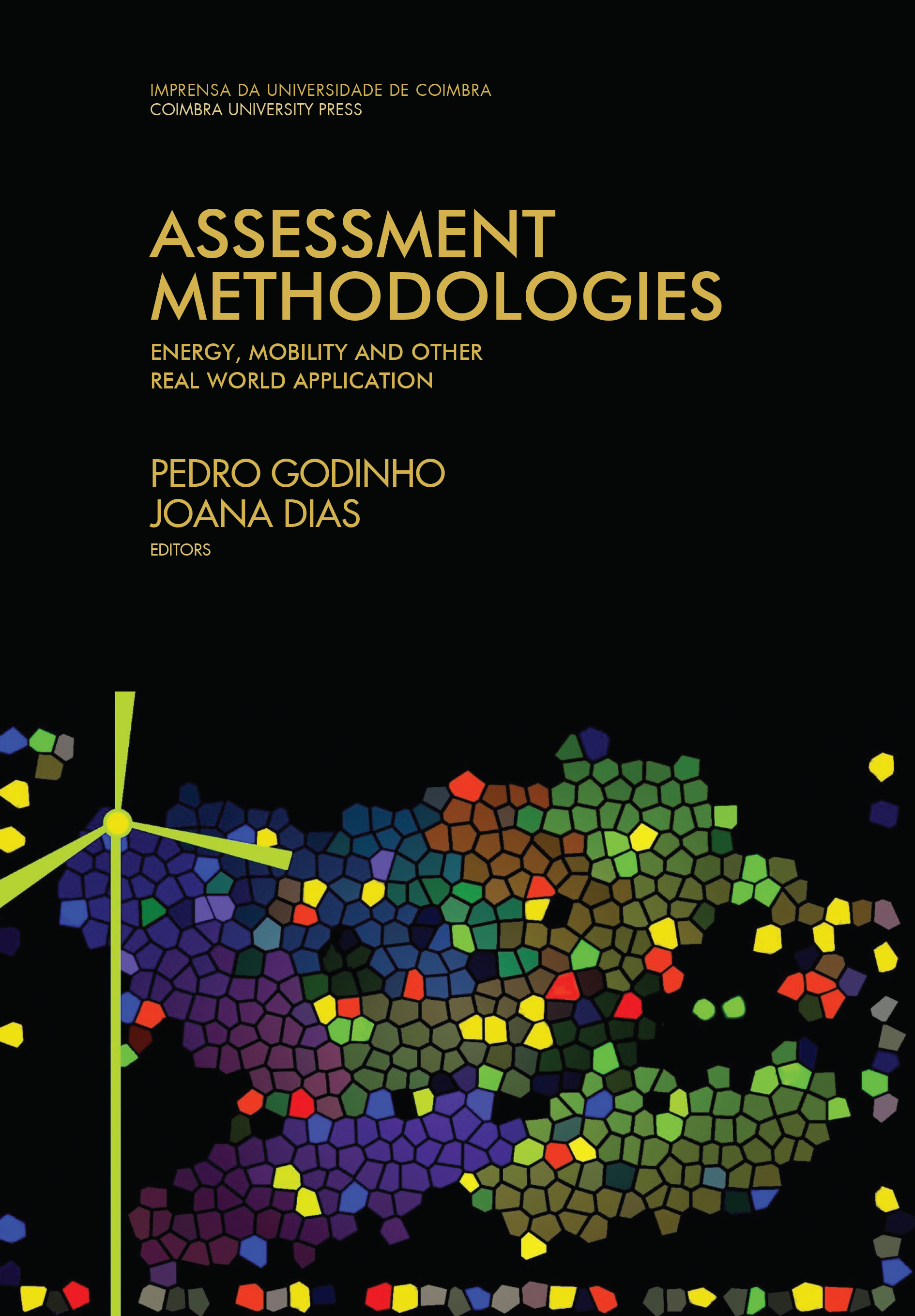Strategies for developing batteries for electric vehicles: a real options model
Joana FialhoPedro GodinhoJoão Paulo Costa
In this article we consider the task of developing batteries for electric vehicles, and we use a tool that incorporates a real option model and Monte Carlo simulation in order to define the best strategy for managing it. We assume that different levels of resources can be used to undertake the task, leading to different average advancement speeds and different costs, and that the level of resources being used may be changed according to the way the task is developing. We present a procedure that aims at identifying the strategies that maximize the net present value of the task. The approach is used in several different scenarios, in order to define some general rules that can help managers have an idea of the resources that may be available in the future, without endangering the maximization of the net present value of the crucial tasks.
—
ISBN: 978-989-26-1038-2
eISBN: 978-989-26-1039-9
DOI: 10.14195/978-989-26-1039-9_5
Área: Ciências Sociais
Páginas: 111-130
Data: 2015
Keywords
—
Outros Capítulos (15)
Measuring technical efficiency of European Countries using data envelopment analysis
Clara Bento Vaz;Ângela Paula Ferreira
https://doi.org/10.14195/978-989-26-1039-9_1
Towards an auction system in the allocation of EU Emission Rights: its effect on firms’ stock market returns
Patrícia Pereira da Silva;Blanca Moreno;Ana Rosa Fonseca
https://doi.org/10.14195/978-989-26-1039-9_2
Explanatory variables on south-west spot electricity markets integration
Nuno Carvalho Figueiredo;Patrícia Pereira da Silva
https://doi.org/10.14195/978-989-26-1039-9_3
Energy efficiency governance in the Europe an Union Member States: analysis on current status
Guillermo Ivan Pereira;Patrícia Pereira da Silva
https://doi.org/10.14195/978-989-26-1039-9_4
Strategies for developing batteries for electric vehicles: a real options model
Joana Fialho;Pedro Godinho;João Paulo Costa
https://doi.org/10.14195/978-989-26-1039-9_5
Microsimulation for traffic calming schemes assessment: a case study
Joana F. Dourado;Ana M. C. Bastos Silva
https://doi.org/10.14195/978-989-26-1039-9_6
Reliability metrics for the evaluation of the schedule plan in public transportation
Jorge Freire de Sousa;João Mendes-Moreira;Luís Moreira-Matias;João Gama
https://doi.org/10.14195/978-989-26-1039-9_7
The impact of a crisis in a cost-benefit analysis: What has changed in the Douro Interior sub-concession economic evaluation?
Sandrina Filipe;Pedro Godinho;Joana Dias
https://doi.org/10.14195/978-989-26-1039-9_8
Preference based decisions in health
Patrícia Antunes;Pedro Lopes Ferreira;Lara Noronha Ferreira
https://doi.org/10.14195/978-989-26-1039-9_9
Assessing the effect of education on subjective well-being in Portugal: a study of mediating effects
Maria da Conceição Pereira;Daniel Martins
https://doi.org/10.14195/978-989-26-1039-9_10
Adaption of the profitability estimation focused on benefits due to personal affection
Stephan Printz;René Vossen;Sabina Jeschke
https://doi.org/10.14195/978-989-26-1039-9_11
A bi-regional (rectangular) Input-Output model for Portugal: centro and rest of the country
Pedro Ramos;Luís Cruz;Eduardo Barata;André Parreiral;João-Pedro Ferreira
https://doi.org/10.14195/978-989-26-1039-9_12
Effects of sectoral aggregation on an input-output table
Carmen Ramos
https://doi.org/10.14195/978-989-26-1039-9_13
Assessing the distribution and use of income and changes in income with social accounting matrices
Susana Santos
https://doi.org/10.14195/978-989-26-1039-9_14
Multi-criteria sustainability classification of dairy farms in a portuguese region
Sandra Silva;Luís Alçada-Almeida;Luís C. Dias
https://doi.org/10.14195/978-989-26-1039-9_15

